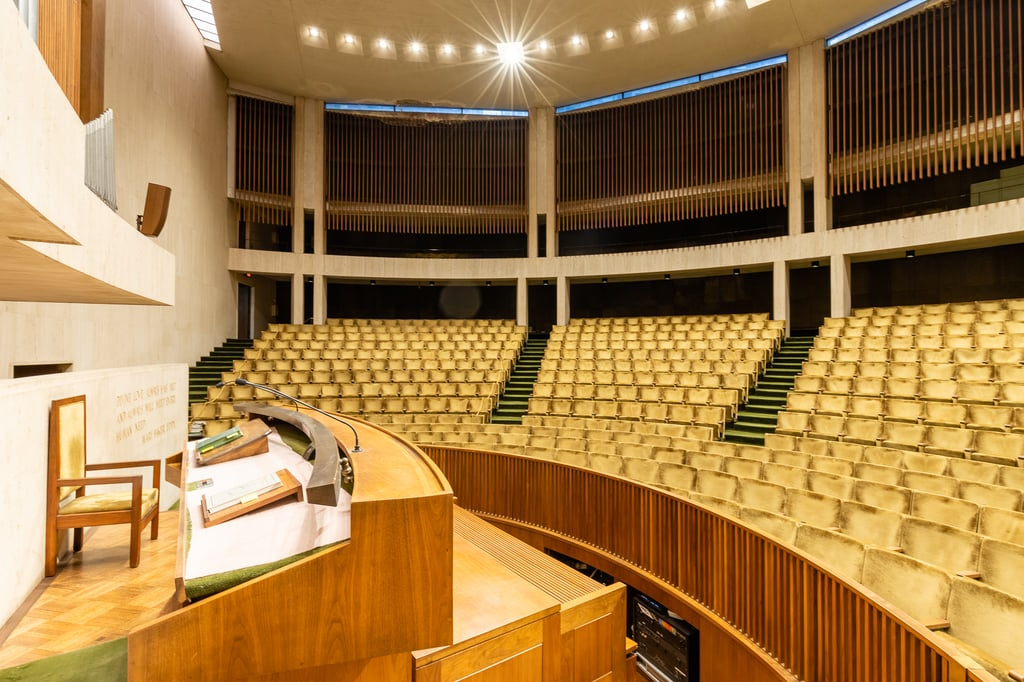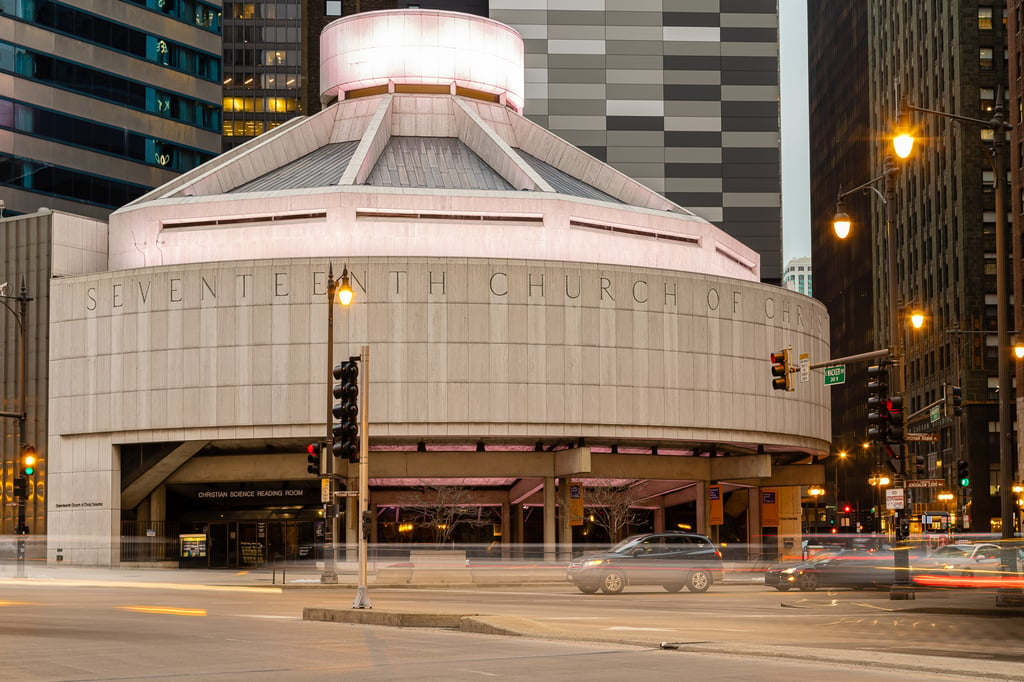Lighting Designers’ Role in Religious Institution Design
There’s a reason that churches, temples, cathedrals, and other religious institutions are regarded as some of the “wonders of the world” – at their core, these worship spaces house traditions that have built and sustained cultures worldwide, while the architectural details are monumental in their own right.
No matter what or how a congregation worships, the environment in which they gather is as much a part of delivering the stories and messages of the religion as the clergy members themselves. Just as lighting sets the stage for a theatrical performance – guiding the actors to their marks and helping the audience navigate the show – lighting in any house of worship has to do the same for the services being performed.
Morlights designer Casey Diers is illuminating the ways that thoughtful design and strategic lighting can guide worshipers through their spiritual experience, creating lasting impressions on congregations for years to come.

Setting the Stage for a Congregation
Like any project, the goal of design in a religious space is to serve as a vehicle for storytelling. When considering the lighting design, we have to ask ourselves what is trying to be communicated, which in a house of worship would be the lessons, sermons, and more.
Accomplishing that starts with determining the primary focus of the service – nine times out of ten this is the location where the participants of the service are, be it an altar, stage, pulpit, or balcony. There are three main considerations when using lighting design to set the stage here:
- The participants should be fully illuminated with normal, non-distracting shadows on their face
- The lighting should help and support the intelligibility of their words
- All lighting design should be focused very precisely on the primary activities taking place, allowing all else, like shuffling children, musical accompaniments, and the production of the service to fade away into the background.
That last consideration highlights our main design challenge: camouflaging the lighting to allow the service, ceremony, or performance to take center stage. Not only does the architectural lighting have to be more inconspicuous than it would be in a lecture hall or traditional theatre setting, but it also cannot be moved once it’s installed (unless the space has performance lighting pipes commonly found in a theater). Because of this, we’re more limited by where we can place equipment, like controls.
To make sure we get it right, we have to complete extensive modeling and accurate renderings so that the architect and engineer can coordinate the power needs, and the construction team can install it as specified. That extra documentation is vital, and when done right can ensure longevity, so the space can sustain its historical significance for years to come.

Preserving Exterior Architectural Significance
Of course, the exterior cannot be forgotten here. Our main goal is to use lighting to highlight and preserve the historical architecture while complementing any interior upgrades. Oftentimes, this requires elevating existing lighting and controls to be more efficient and sustainable, by installing DMX controls and LEDs, for instance.

Illuminating Spirituality with Lighting in Churches, Temples, and More
Spirituality is unique amongst every religion, community, and family – but the common thread amongst them all is the sacredness of their houses of worship. These spaces congregate all to receive the messages of their religion and create an inviting community space that worshipers want to embrace and spend time in.
It’s been a great privilege of ours to help set the tone for congregations to worship and embrace their spirituality at some pretty significant institutions such as the Seventeenth Church of Christ, Scientist in Chicago. Through thoughtful, expert lighting design, these worship spaces continue to establish and honor centuries-old traditions, fostering lively communities all through the stories shared.

